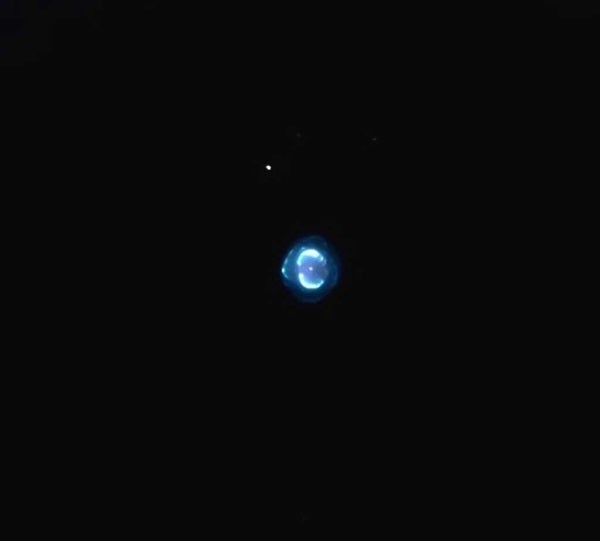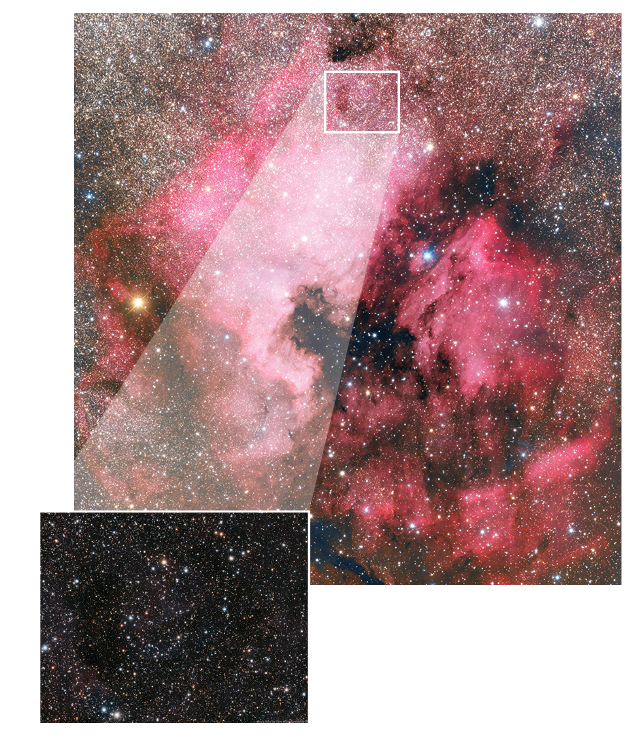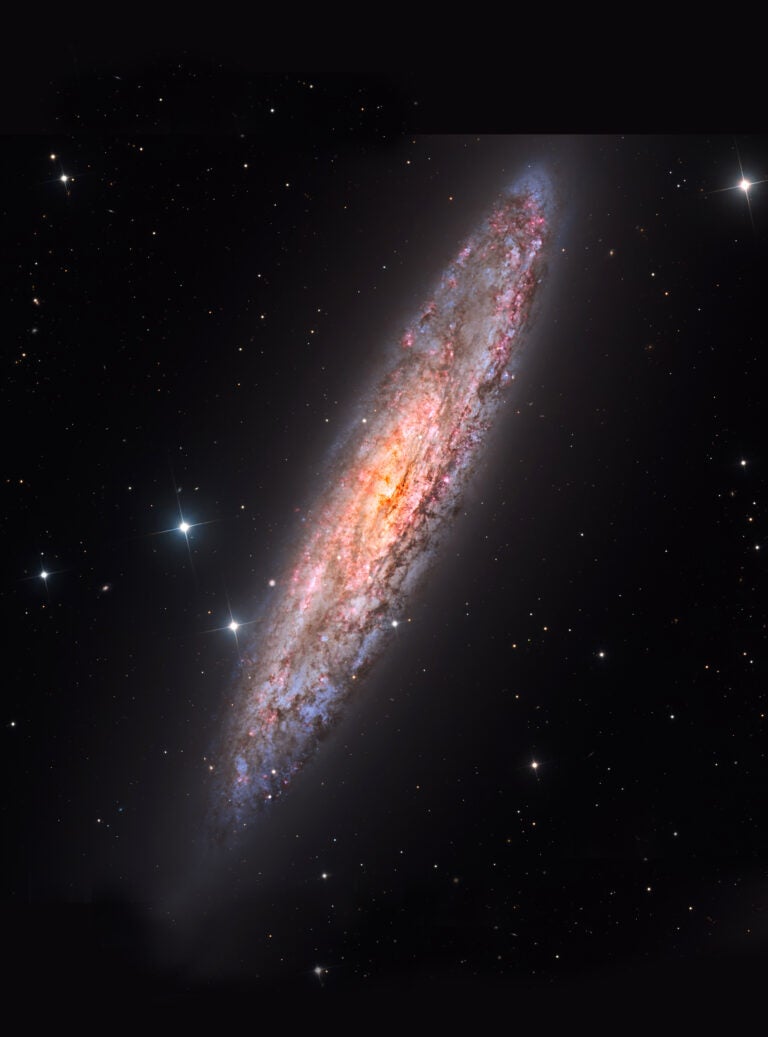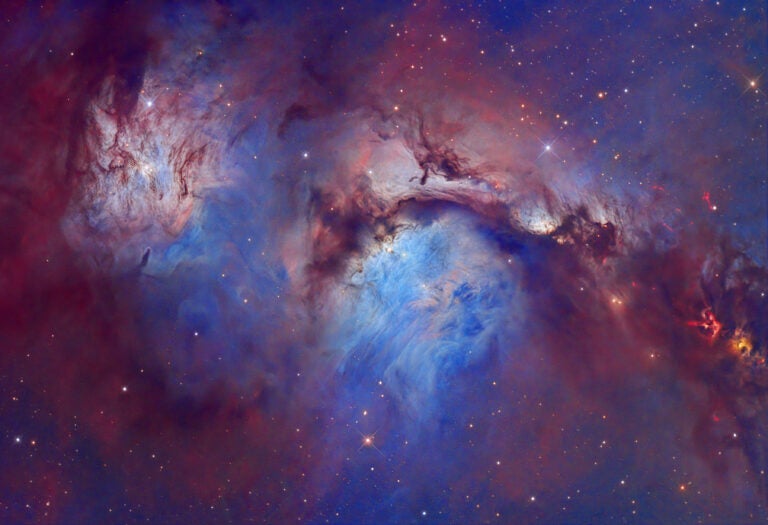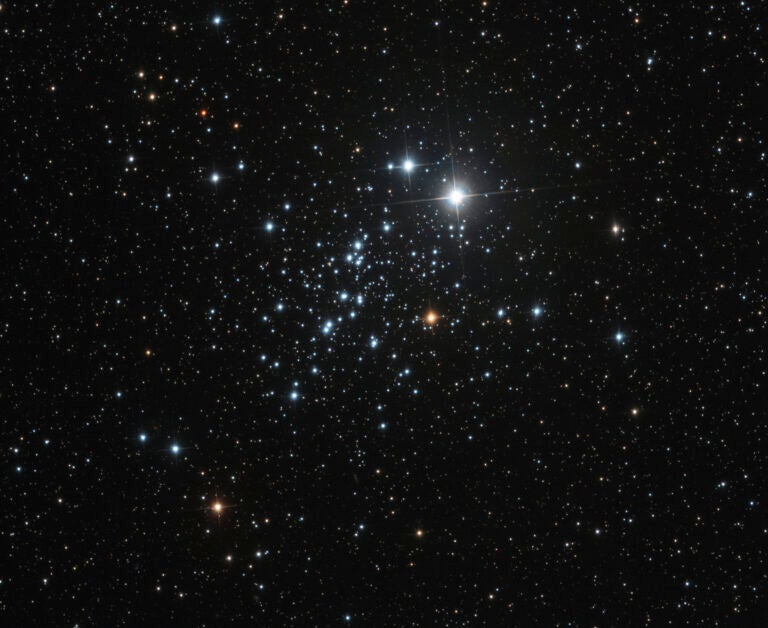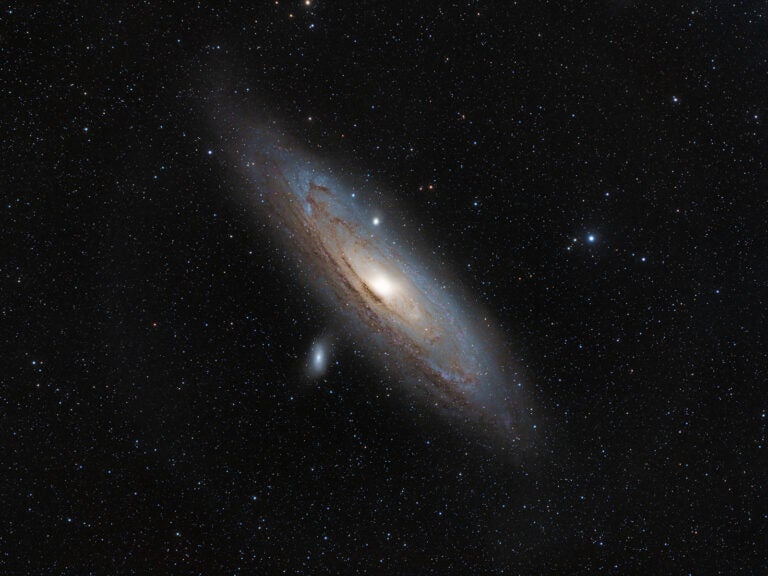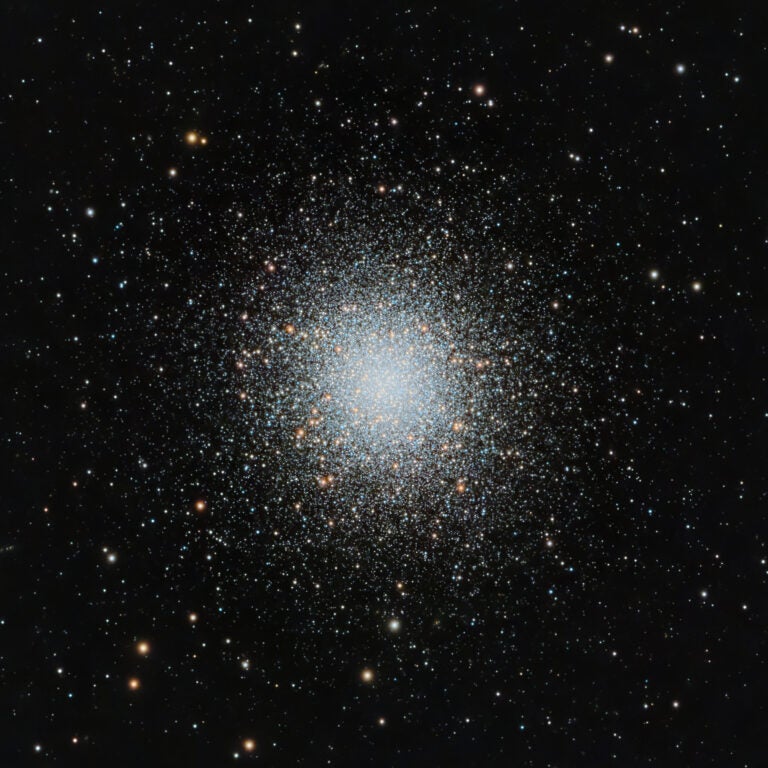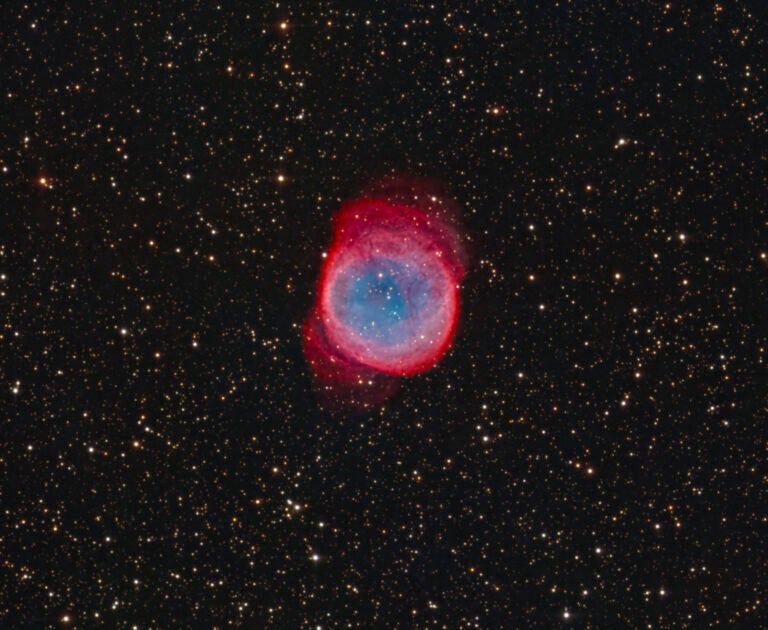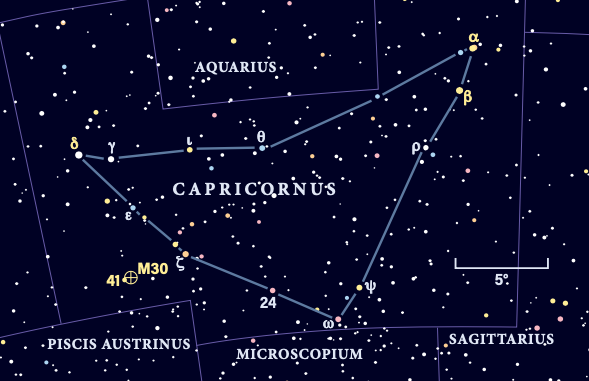
The premier issue of Astronomy featured a column called “Constellation Close-up” written by Thomas C. Bretl. The first installment profiled the zodiacal constellation Capricornus. In honor of the magazine’s anniversary, let’s rewind to 1973 and revisit Capricornus with our binoculars to enjoy some of the same targets that Mr. Bretl featured 50 years ago.
Although its brightest star is barely above 3rd magnitude, Capricornus is one of the oldest constellations in the sky. Its origins date back at least 3,500 years to summer in ancient Mesopotamia. The name is Latin for “horned goat,” but Capricornus is depicted as a sea-goat, with the front half of a goat melded to the tail of a fish. Not something you see every day.
Modern-day Capricornus lies in the “wet” part of the southern sky, near other watery constellations such as Aquarius and Piscis Austrinus, just above the southeastern horizon.
Just seeing its brightest stars will challenge our unaided eyes from suburban locations, but zeroing in on them is easy thanks to the far brighter Summer Triangle. By extending a line from Vega through Altair southeastward for 22°, you’ll come to Alpha (α) and Beta (β) Capricorni. They mark the northwestern corner of the Sea Goat’s arrowhead-shaped form and are fine binocular double stars.
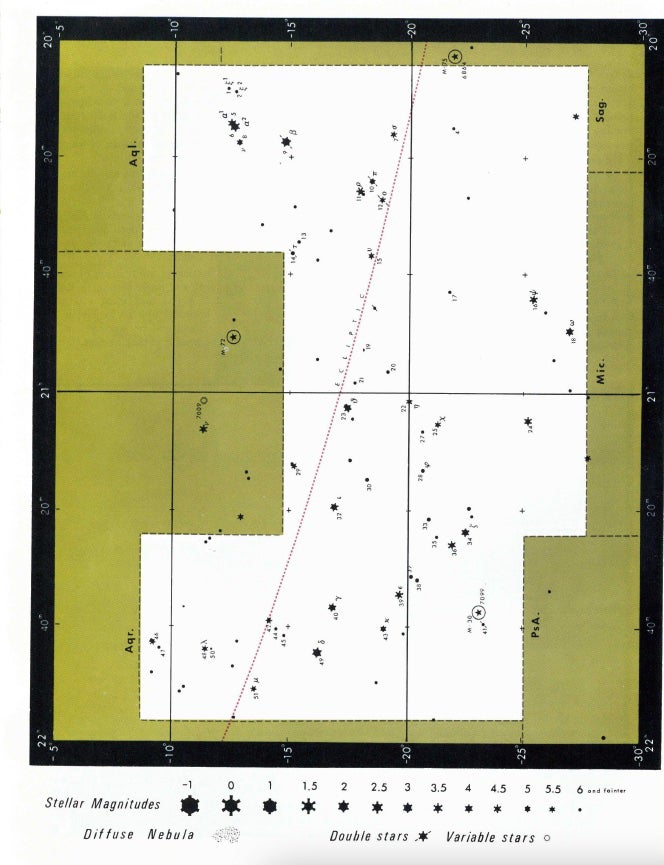
Alpha Capricorni, also known as Algedi, is easy to resolve into two stars with pocket binoculars. Alpha1, the western star of the pair, is separated from Alpha2 by 6.6′. In fact, they can be resolved by eye alone given dark skies. But since they shine at magnitude 4.3 and 3.6, respectively, most of us will need binoculars to see them. Both are yellow giants that may show a soft buttery tint if you slightly defocus the view. Looks can be deceiving, however. The stars have no physical connection to each other, but just happen to lie along the same line of sight.
If you are using 10×50 or larger binoculars, see if you can resolve Alpha1, which is a true multiple-star system. Its brightest companion shines at 9th magnitude and lies 45″ to the southwest. Due to the companion star’s faintness, however, you’ll stand the best chance by first securing the binoculars on a sturdy support to avoid shaking.
Beta Capricorni, also known as Dabih, is just 2.4° southeast of Alpha and so should lie in the same field of view. Even the lowest-power binoculars should easily resolve a pair of stars. Beta1 and Beta2 are separated by 3.5′, with the brighter of the pair (at 3rd magnitude) designated Beta1 Capricorni. Beta is actually a quintuple star, although binoculars only show two stars. Beta1 has three components, while Beta2, shining at 6th magnitude, is a two-star system.
In contrast to the crowd of nebulae and clusters to its west, Capricornus holds only one deep-sky target for binoculars: globular cluster M30. Charles Messier discovered M30 on Aug. 3, 1764. He wrote, “Nebula discovered below the tail of Capricorn. … One sees that nebula with difficulty in an ordinary refractor; it is round, & I have not seen any star: diameter 2 minutes of arc.” It was left to William Herschel to discover the true nature of Messier’s “nebula” — that it contains myriad stars.
Finding M30, which has an apparent magnitude of 7.1, can be a chore due to its sparse surroundings. I always begin at Nashira (Gamma [γ] Capricorni) and Deneb Algedi (Delta [δ] Capricorni) at the northeastern point of the Capricornus triangle. Aim about halfway between them and Omega (ω) Capricorni, at the triangle’s southern tip, to find 4th-magnitude Zeta (ζ) Capricorni. Center on Zeta and then look toward the eastern edge of the field for 5th-magnitude 41 Capricorni. M30 lies less than ½° to its west.
M30 through binoculars reflects Messier’s view much more than Herschel’s. Notes made through my 10x50s recall a round, misty patch of light surrounding a brighter core. Larger binoculars increase the apparent brightness of the cluster, which lies about 28,000 light-years from Earth, but do little more. Even my 25x100s fail to resolve any of the several hundred thousand stars that call this tightly packed globular home.
Questions, comments, suggestions? Drop me a line via my website, philharrington.net. Until we meet again next month, remember that two eyes are better than one.

